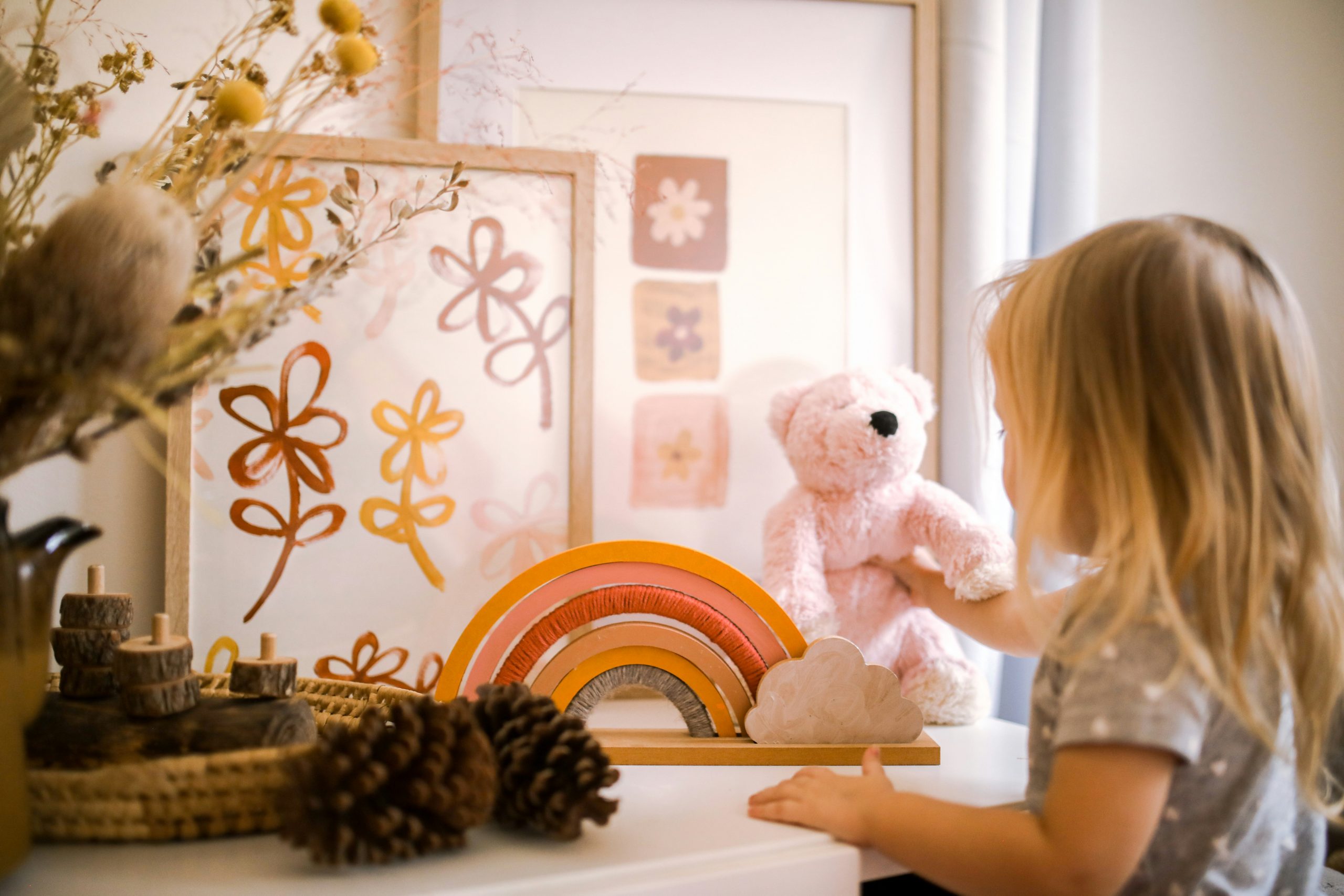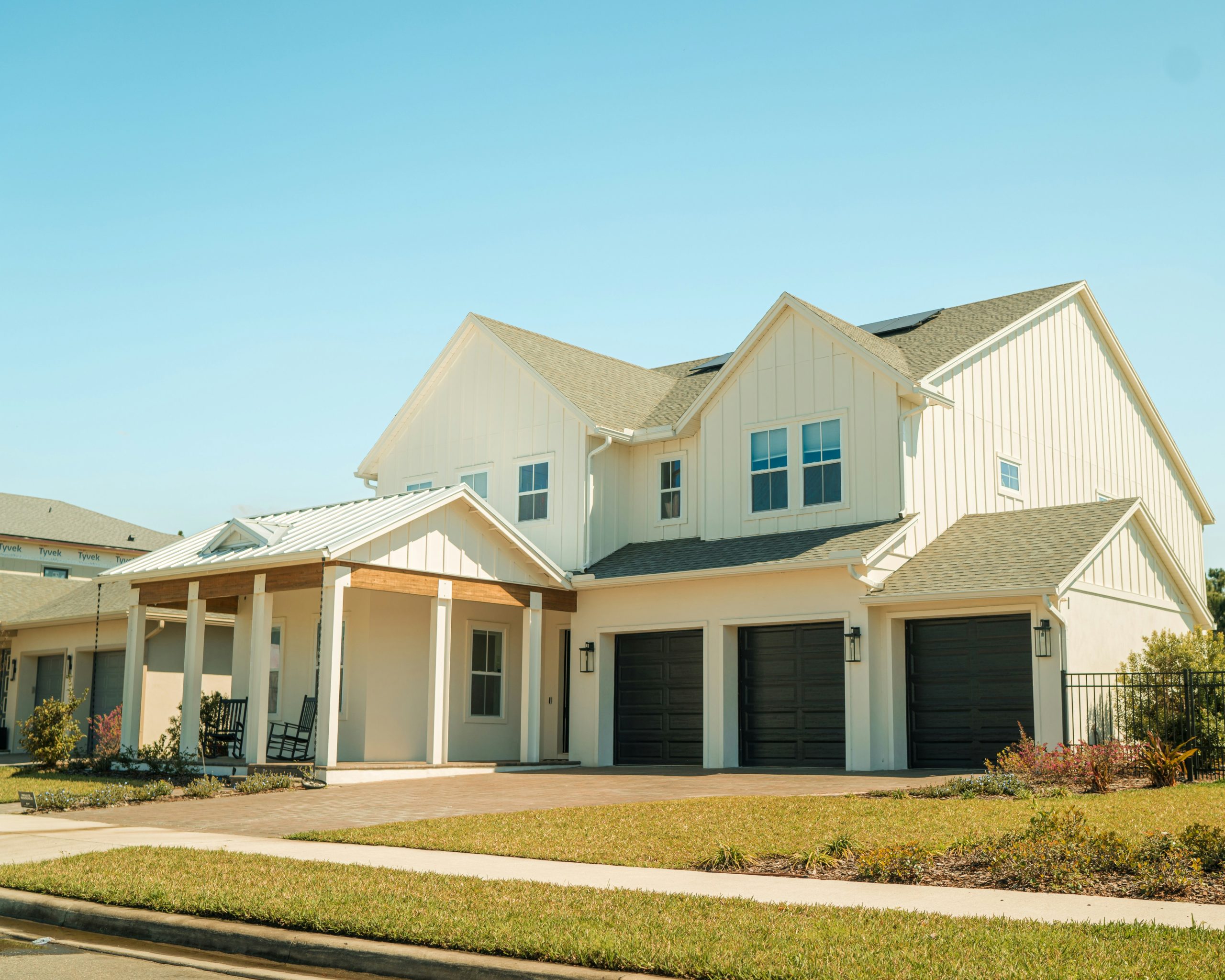Main Content

What Every Homebuyer with Young Children Should Consider
Buying a home is always a big decision but when you have small children, your priorities shift. Suddenly, it’s not just about square footage and finishes. It’s about safety, functionality, and the kind of environment that supports your family’s lifestyle.
If you're shopping for a home with young kids, here are the key things to watch for beyond the usual checklist.
1. Safe Layout and Floorplan Flow
Look for:
- Single-level homes or layouts with minimal staircases
- Visibility from the kitchen to play areas or the backyard
- Bedrooms close together so younger kids aren’t isolated
Avoid long flights of stairs without baby gates, open balconies, or “split-level” homes that separate living spaces in impractical ways.
2. Yard Safety and Usability
A yard is a huge plus but it should be safe and usable for young kids.
Look for:
- Fully enclosed fencing
- Flat, shaded areas for play
- No pools or ponds without proper safety gates
Also check for thorny plants, uneven paving, or steep drops that might pose a hazard.
3. Proximity to Parks, Schools, and Sidewalks
Being near a great park or greenbelt can be life-changing when you have little ones. Sidewalks matter too for strollers, scooters, and safe daily walks. Bonus: walkable neighborhoods often build a stronger sense of community among families.
4. Storage for Kid Gear
From strollers and bikes to bins of toys, kids come with stuff.
Look for:
- Mudrooms or entry closets for gear
- Garage or attic storage
- Bonus rooms or play areas that can keep clutter out of main living spaces
5. Nearby Schools and Daycare Options
Even if your children aren’t school-aged yet, being in a strong school district adds both peace of mind and long-term resale value. Also consider proximity to daycare centers, preschools, and after-school programs.
6. Traffic and Street Safety
Is the street quiet and slow-moving, or a busy cut-through?
Look for:
- Cul-de-sacs or quiet interior streets
- Speed bumps, crosswalks, and signage nearby
- Driveways set back from fast traffic
You want a home where playing outside is both possible and safe.
7. Noise Levels Inside and Out
Thin walls and loud neighborhoods can disrupt naps, bedtime routines, and everyone’s sanity. Check:
- Street noise at different times of day
- Sound insulation between rooms
- Noise from nearby airports or businesses
8. Room to Grow (Without Overbuying)
Kids grow fast and so do their needs. While you don’t need a mansion, a home with:
- Flexible rooms (guest room, office, or playroom)
- A second living space (like a den or bonus room)
- A layout that evolves with your family
...can prevent the need to move again too soon.
9. Health and Safety Hazards
Ask about:
- Lead-based paint in homes built before 1978
- Asbestos in ceilings or flooring
- Mold or pest issues in older properties
- Electrical panel updates and GFCI outlets in wet areas
You may also want to test for radon or other environmental risks, depending on the area.
10. Community Vibe
Don’t underestimate the value of neighbors with similar lifestyles. Look for neighborhoods with:
- Other young families
- Playgroups or neighborhood events
- A safe, friendly atmosphere
Tip: Visit the area during evenings and weekends to see who’s out and about.
Final Thought
A great family home isn’t just about looks, it’s about how the space functions for your daily life. When you have young children, every detail matters from floorplan flow to neighborhood dynamics. Taking the time to find the right fit will pay off in safety, comfort, and peace of mind.
At the Stephanie Younger Group, we specialize in helping families find homes that grow with them. Whether you’re buying your first home or upsizing for more space, our local insight and family-first approach can help you make a confident move.

















